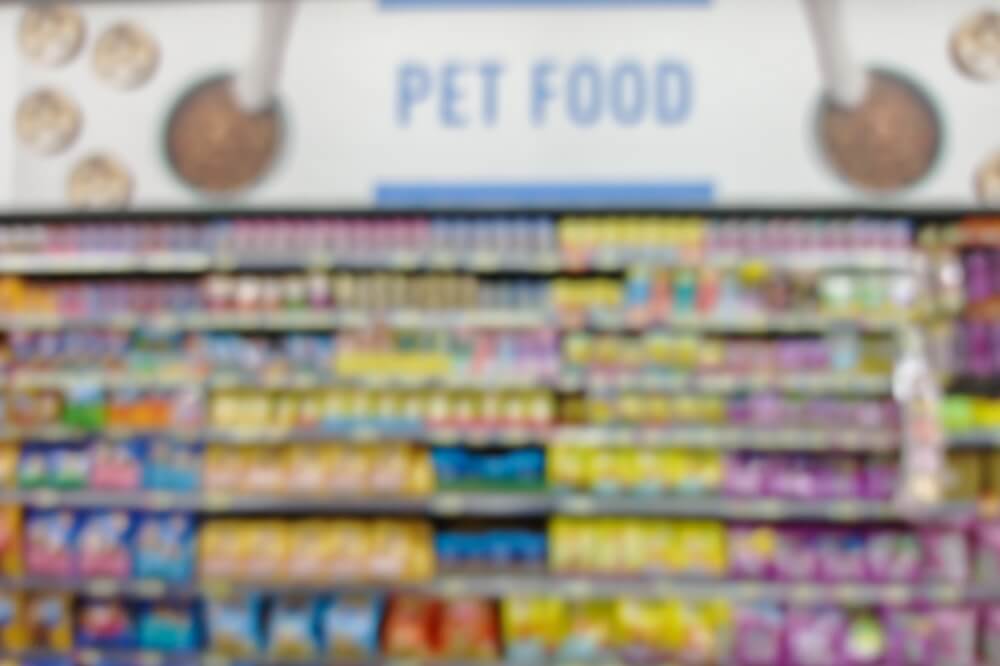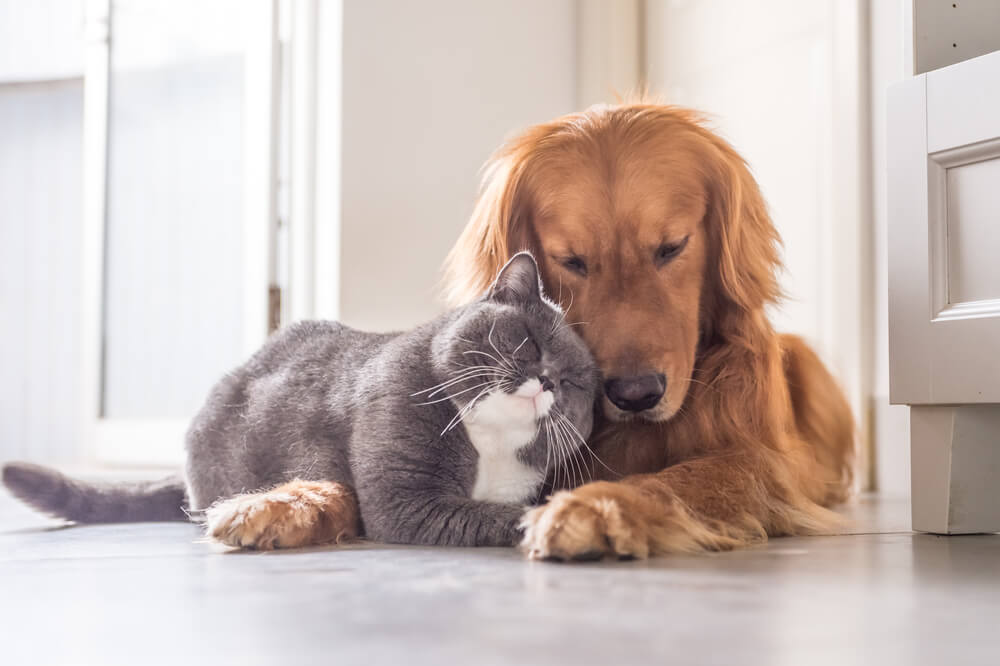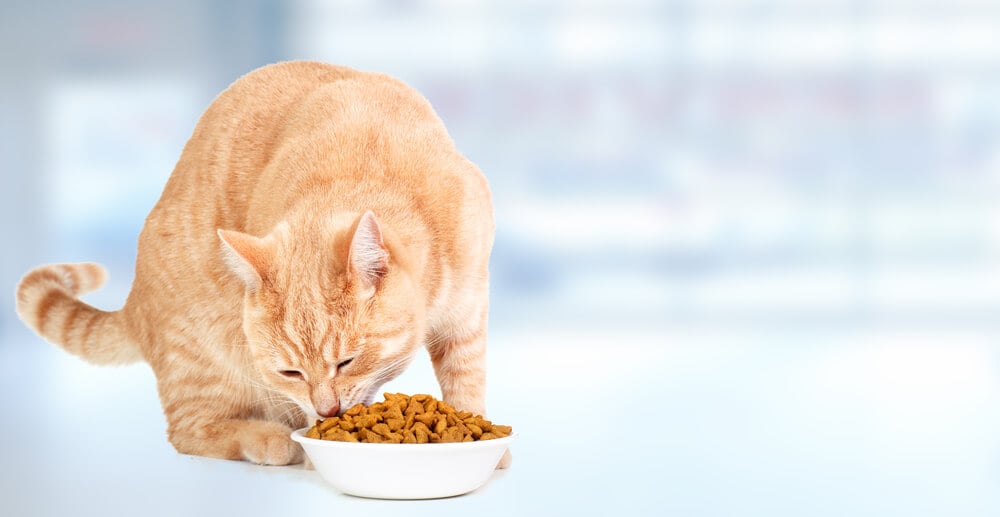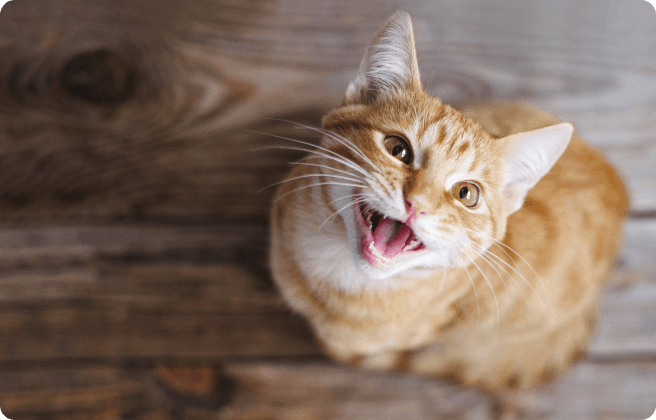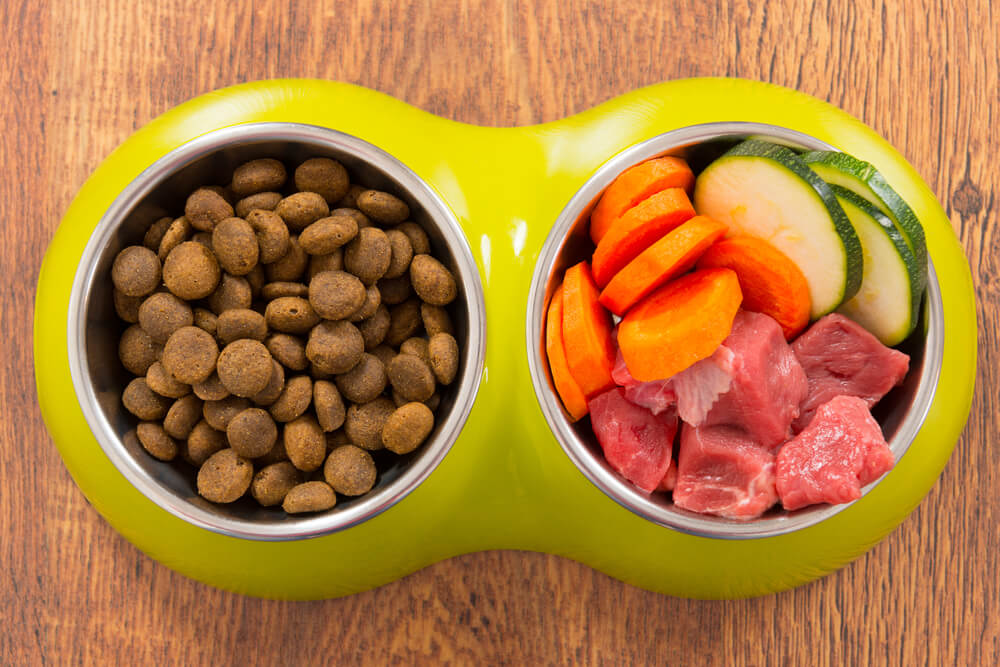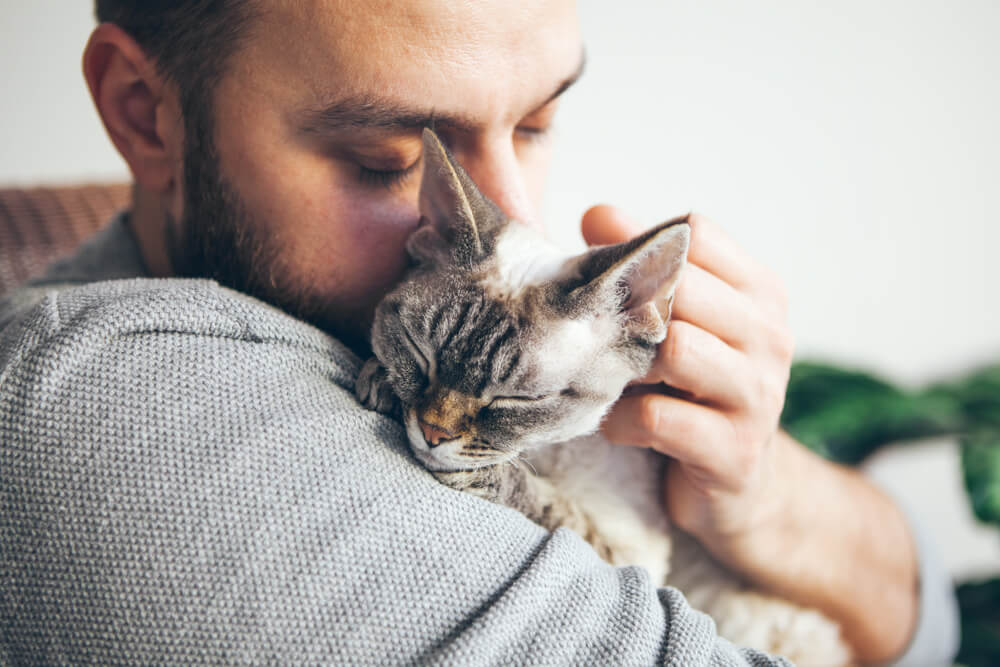
While some cats may eat the same food throughout their lives, others might need to switch their diet due to health issues, a change in lifestyle, or even a recall of their favorite food.
Here are some of the most common reasons to change a cat’s food:
Medical conditions
Certain ailments such as a sensitive stomach or skin allergies can be addressed with a specially formulated cat food. More serious health concerns such as Pancreatitis and heart disease can also be impacted by diet.
Age
As your cat ages, their taste buds may change, as do their nutritional needs. Senior cats may benefit from a food formulated to support joint health or immune system.
Weight
You may need to change your cat’s diet to help them lose or gain weight. A veterinarian might suggest supplements or even specialized food such as a healthy weight formula.
Lifestyle Changes
If you have moved an outdoor cat inside, or visa versa, you will probably need to change their food to match their new activity levels.
Picky Eaters
Sometimes cats can be particularly fussy with their food, and a change in food brand or style (wet or dry) could be needed to get their appetite back.
Financial or Supply Factors
Perhaps your cat’s favorite food has increased in price, been recalled, or discontinued. It’s a tricky situation but read on to learn how you can transition your cat to a new food with minimal disruption.
Whether you are catering for a fussy eater or a dietary plan prescribed by a veterinarian, changing your cat’s food needs to be gradual to avoid them becoming unwell.
The best way to gradually transition your cat to a new food is over a 7-10 day period. This can help to avoid your cat developing an upset stomach or immediately turning their nose up at the new food.
How to transition your cat onto a new food
- Days 1 and 2 – Feed ¾ of the old food and ¼ of the new food.
- Days 3 and 4 – Feed ½ and ½ of each type of food.
- Days 5 to 7 – Feed ¾ of the new food and ¼ of the old food.
- Days 8 to 10 – Feed only the new food.
Gradually moving your cat over to a new food in this way will hopefully avoid any stomach upset, but some cats may still experience digestive sensitivities. If this is the case, or if your cat has lost their appetite since the change of food, extend the transitioning period by a few days. Some cats might need more time to get used to their new food.
You should also seek advice from a veterinarian if your cat’s upset stomach or loss of appetite continues.
Note: Don’t panic if your cat doesn’t seem interested in their new food. It’s completely normal and should subside within a few days. Patience is key!
We uphold the highest editorial standards when creating the authoritative content pet parents rely on and trust.
Every piece of clinical content on the Cat Food Advisor is reviewed by our certified Veterinary Advisory Board, which consists of licensed veterinarians and medically certified specialists.
Our reviews are completely independent; we are not paid by any pet food company to promote their products favorably. We do not accept money, gifts, samples or other incentives in exchange for special consideration. For more information see our Disclaimer & Disclosure page.




